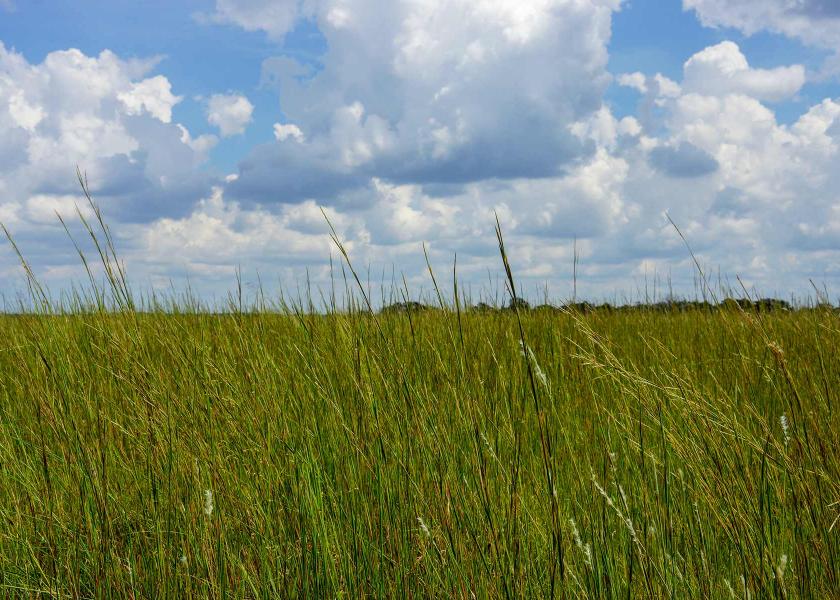Emergency Haying & Grazing On CRP In Kansas

Producers in certain Kansas counties can now request haying and grazing on Conservation Reserve Program (CRP) acres while still receiving their full rental payment for the land.
“Drought is heavily impacting livestock producers in Kansas and across the country, and emergency haying or grazing of lands enrolled in CRP is one more drought mitigation tool to help producers,” said Zach Ducheneaux, Administrator of USDA’s Farm Service Agency (FSA). “While CRP makes annual rental payments for land in conservation, under certain circumstances, FSA can allow the haying and grazing of these lands to mitigate the impacts of natural disasters without a reduction in payments. As part of our climate-smart agriculture efforts, we are working with all stakeholder groups to ensure that supplemental benefits of CRP acres, like emergency haying and grazing, can be accessed in a manner that is more universally beneficial.”
Outside of the primary nesting season, emergency haying and grazing of CRP acres may be authorized to provide relief to livestock producers in areas affected by a severe drought or similar natural disaster. The primary nesting season for Kansas ended July 15.
Counties are approved for emergency haying and grazing due to drought conditions on a county-by-county basis when a county is designated as level “D2 Drought - Severe” according to the U.S. Drought Monitor. FSA provides a weekly, online update of eligible counties.
Producers interested in Emergency Haying and Grazing on CRP acres should contact FSA to determine if their county is still eligible for emergency authorization. If emergency haying and grazing is still available, producers will need complete a formal request.
Producers can use the CRP acreage under the emergency grazing provisions for their livestock or may grant another livestock producer use of the CRP acreage.
Producers interested in emergency haying or grazing of CRP acres must notify their FSA county office before starting any activities. This includes producers accessing CRP acres held by someone else. To maintain contract compliance, producers must have their conservation plan modified by USDA’s Natural Resources Conservation Service (NRCS).
Other programs are available for livestock producers. Producers who experience livestock deaths and feed losses due to natural disasters may be eligible for the Emergency Assistance for Livestock, Honeybees, and Farm-Raised Fish Program (ELAP). This program also provides eligible producers with compensation for expenses associated with transporting water to livestock physically located in a county that is designated as level “D3 Drought - Extreme” according to the Drought Monitor.
More information on disaster assistance programs is available on farmers.gov, including the Disaster Assistance Discovery Tool, Disaster Assistance At a Glance brochure, and Farm Loan Discovery Tool can help producers and landowners determine program or loan options. For assistance with a crop insurance claim, producers and landowners should contact their crop insurance agent. For FSA and NRCS programs, they should contact their local USDA Service Center.







